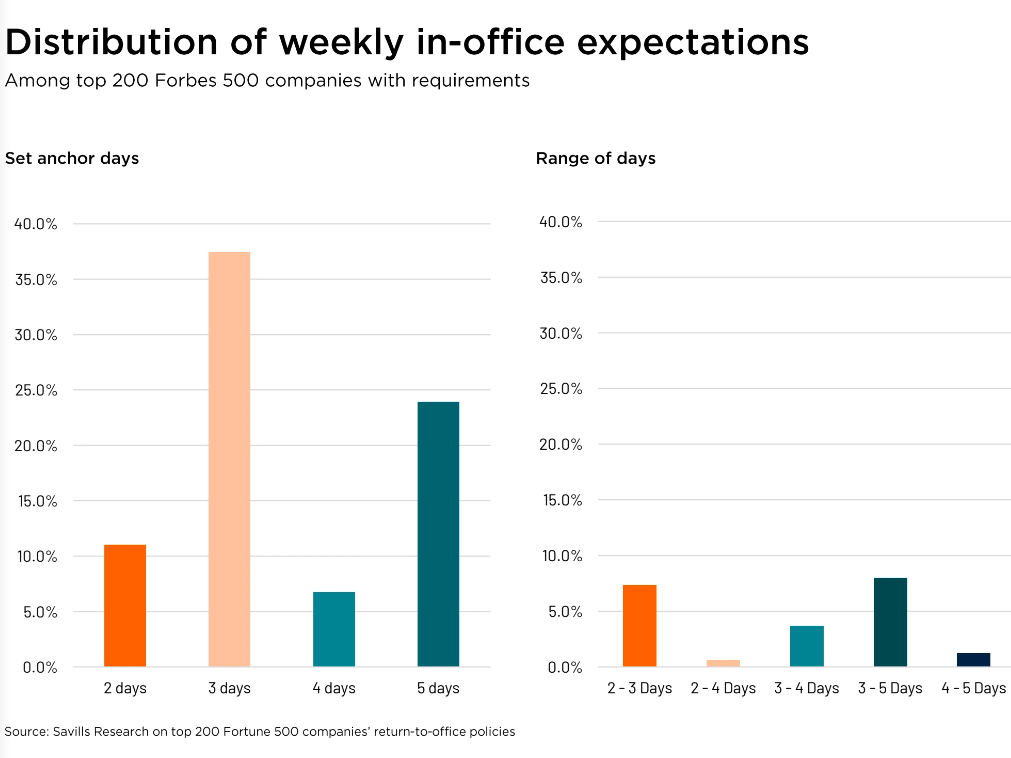How the ‘Amazon Factor’ Cascades to Mall REITs
As pressure on the retail sector continues to mount, it's worth discussing how Amazon's increasing market share could impact traditional retailers, argues Fitch Ratings Head of U.S. REITs Steven Marks.
By Steven Marks
 What if Amazon’s U.S. market share of the apparel market were to rise rapidly enough that it began seriously eating into the profits of existing retailers and, by extension, shopping malls throughout the country?
What if Amazon’s U.S. market share of the apparel market were to rise rapidly enough that it began seriously eating into the profits of existing retailers and, by extension, shopping malls throughout the country?
It is important to establish upfront that this is a shock scenario that differs greatly from Fitch’s current expectations and doesn’t call into question the assumptions underpinning Fitch’s existing credit ratings or outlooks. Retail REIT managers are already taking steps to offset the numerous operating and financing challenges such a scenario could present. And many of these responses could mitigate the impact of such a severe competitive shock, especially for REITs with ample liquidity and capital access to respond to accelerated competitive threats.
Nonetheless, this is a “What If” scenario certainly worth discussing, as the retail landscape has and will continue to evolve. In this case, what if Amazon were able to rapidly take apparel market share away from traditional retailers over, say, the next three years?
Evaluating the risks
Mall REITs have generally been successful in coping with retailer vacancies in the past by deploying retained cash flow after dividends towards attracting new tenants, though not to the same degree contemplated in this hypothetical stress scenario. In this extreme shock scenario, mall REITs with high exposure to troubled anchor stores and a less diverse tenant base would face heavy cash flow pressure. Further, we would envision cash flow losses from in-line tenants invoking co-tenancy clauses or otherwise vacating their space due to significant anchor vacancies. Even if in-line tenants don’t have or don’t enforce co-tenancy clauses, there is a risk that large amounts of in-line space or entire wings of malls would close upon an anchor departure. Efforts to re-tenant or repurpose malls with high vacancy rates would likely take time and capital, pushing out any recovery in cash flow.
In the absolute worst case, as many as 400 of the roughly 1,200 malls throughout the country could either close their doors or be repurposed as a result of retailer liquidations and square footage reductions.
Of the three mall REITs rated by Fitch, two of them (CBL & Associates and Washington Prime Group) have sizeable ownership of Class B malls and other retail properties that would likely face cash flow pressure under this hypothetical Amazon growth scenario. This is in contrast to Simon Property Group, which has a much larger portfolio of class A malls with less troubled apparel retailers. With CBL and Washington Prime deriving a respective 50 percent and 19 percent of their net operating income from these less productive “Tier 2” assets, it stands to reason that they would feel the pressure of Amazon growth more acutely. That said, even Simon, with its wealth of high-quality, well-located assets, would face significant pressure on its net operating income.
Over time, this would mean significantly more vacant space in these malls and REITs may be forced to hand over the keys to some encumbered assets as loans mature (though some REITs may do this by choice in an effort to preserve their liquidity). That said, occupancy rates, average rents and tenant sales per square foot have not fallen appreciably over the past year, even as pressure on the retail sector continues to mount.







You must be logged in to post a comment.